Preserving the Wild Future of British Columbia
Photo Story by: Yuri Choufour – www.yurichoufour.com. You can also see his work on Instagram @yurichoufour.
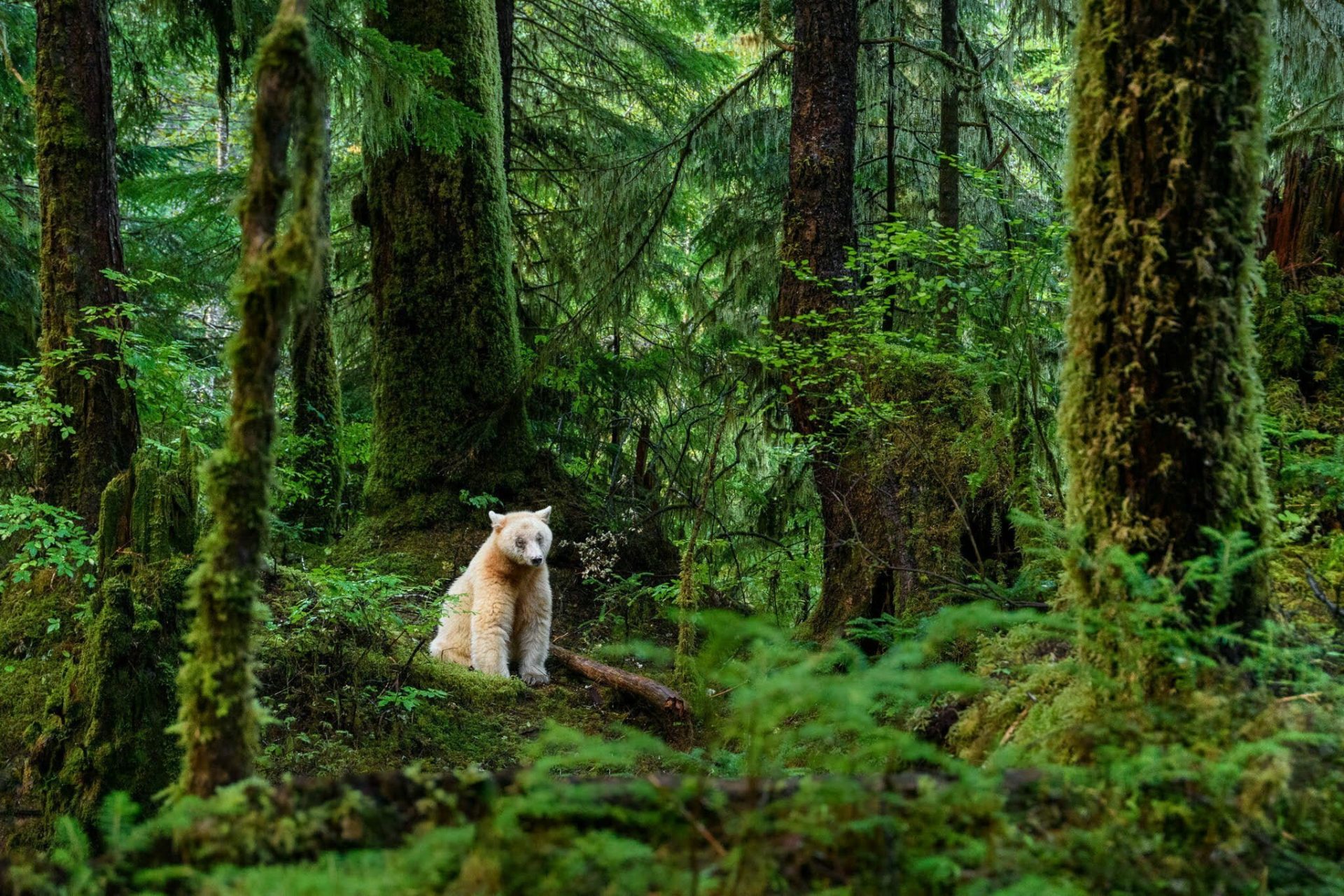
British Columbia is known the world over for images of pristine old-growth forests, stunning mountain vistas and impressive biodiversity with nearly an unmatched wildness. This incredible land has been home to nearly 200 First Nations for time immemorial and has long attracted immigrants and tourists like nowhere else in Canada.
BC is also home to a stunning abundance of iconic wildlife, including the apex predators of the ocean, a genetically unique species of wolf, and one of the world’s rarest bears.
Canadian photographer, Yuri Choufour, highlights some of the conservation issues at stake for the province’s wildlife and ecosystems as a whole.
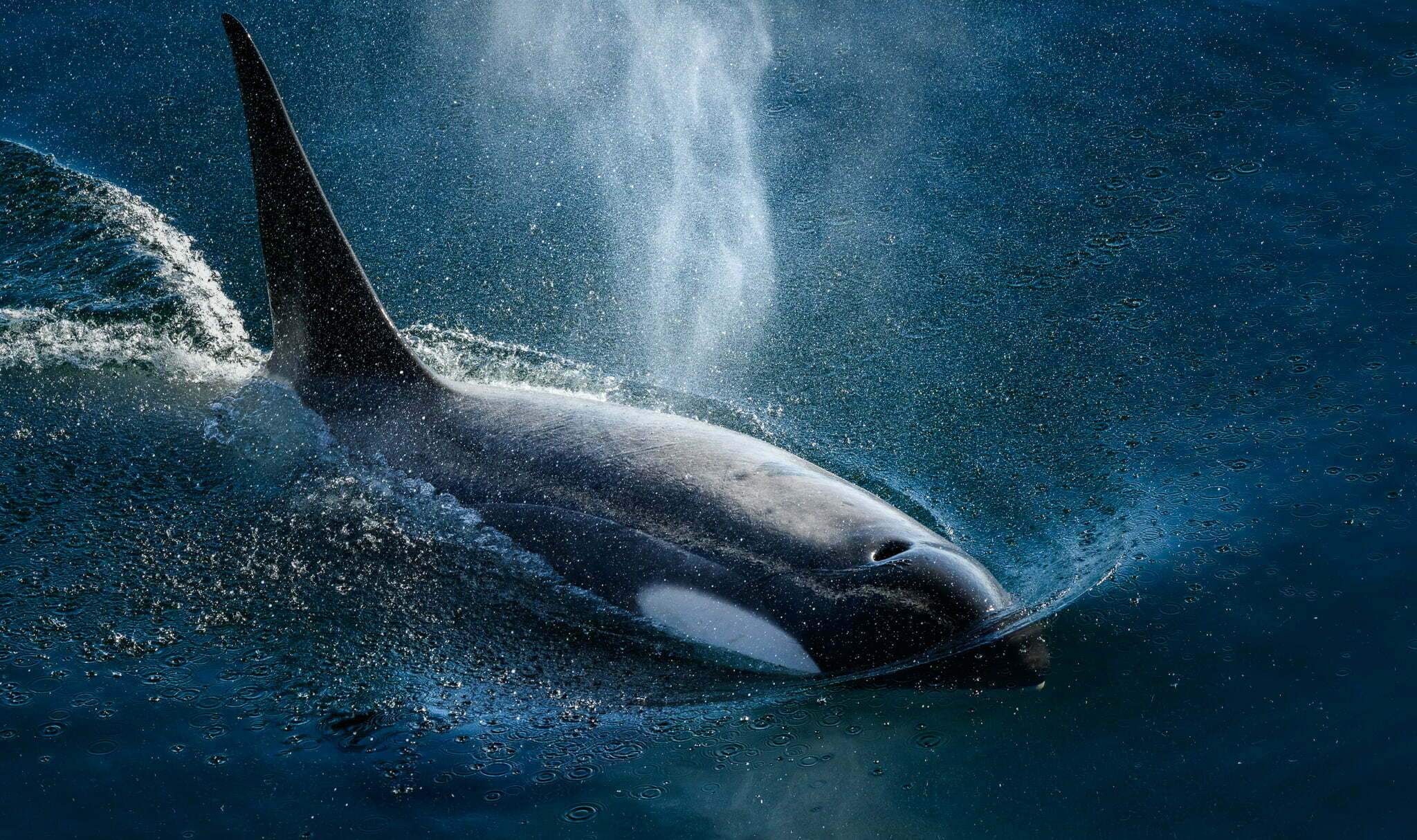
SOUTHERN RESIDENT KILLER WHALES
Orcas, also known as killer whales, are a member of the toothed whales, and the world’s largest dolphin species. They hunt a variety of prey, with residents often favouring fish, while transient and offshore populations also actively hunt mammals, and are known to use an array of cooperative techniques. This has also earned them the title “wolves of the sea”.
Despite their dominance at the top of the food chain, some populations such as the Southern Resident Killer Whales are critically endangered due to prey depletion, vessel traffic, loss of habitat, and pollution by PCBs. Environmental groups and law agencies are arguing Canada’s federal government has violated the species at risk act by re-approving the Trans Mountain Pipeline, as it would increase the risk of extinction by increasing tanker traffic. You may donate to the groups that are fighting for the orca and learn more about this battle via an upcoming documentary film!
https://www.raincoast.org/killer-whales/donate/
https://www.coextinctionfilm.com
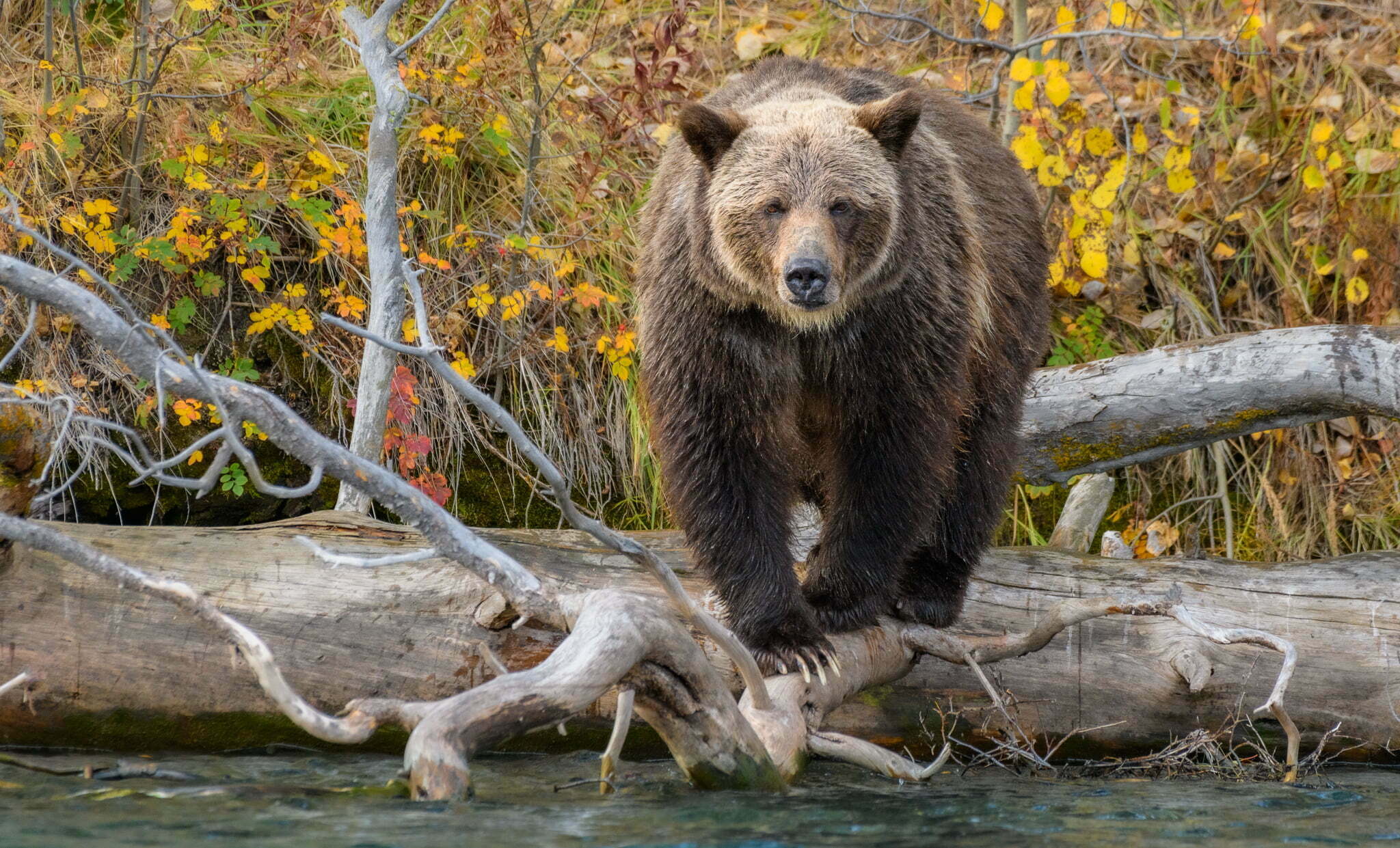
GRIZZLY BEARS
In 2017, the then new BC NDP government announced a ban on trophy hunting grizzly bears province wide, and a complete ban on hunting them in the Great Bear Rainforest. This was a huge step forward, but history has shown us that there is no guarantee that a province-wide ban will be permanent. A similar moratorium was put into place in 2001 by the NDP, only to be turned over by the Liberal government later that year.
These extremely intelligent bears have the second slowest reproductive rate of all North American mammals, and are still considered a species of special concern in BC. Ninety percent of British Columbians are against the slaughter of grizzly bears, and for good reason. There’s zero rationale for this practice, whether we look at the science, ethics, or economics.
Luckily, there are organizations such as Raincoast Conservation Society with a strong scientific background that are working on permanent solutions. They have been buying up commercial hunting tenures through private funding, which translates to permanent protection for grizzlies and other large carnivores in key areas.
Learn more or donate to this cause here:
https://www.raincoast.org/projects/grizzly-bears/acquisitions/
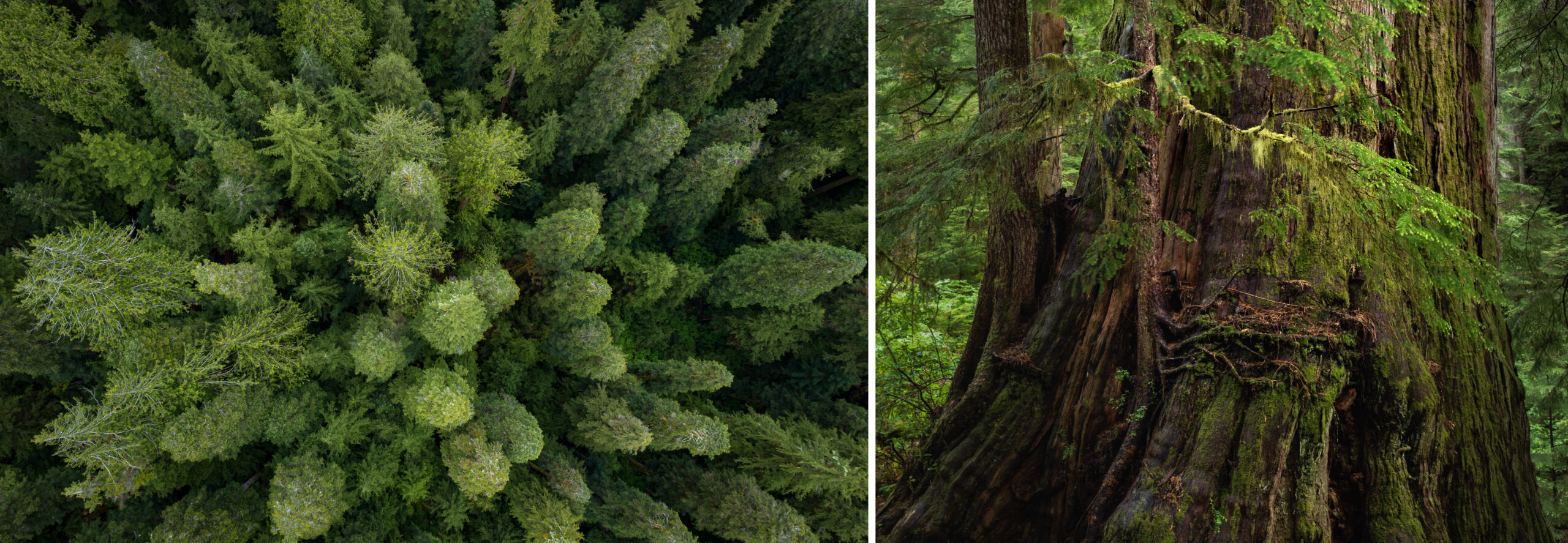 Old-growth splendor in BC’s unprotected Walbran Valley ©2019 Yuri Choufour
Old-growth splendor in BC’s unprotected Walbran Valley ©2019 Yuri Choufour
OLD-GROWTH FORESTS
At this point you’ve likely heard about the battle being waged in British Columbia. More specifically, the non-violent protests hoping to save some of Vancouver Island’s last intact old growth rainforest. Many brave and dedicated humans have set up various blockades for the better part of a year to put an end to this lunacy.
The message is simple. We simply can’t let the BC government allow the Teal Jones Group to destroy these irreplaceable ecosystems that take millennia to form. They are failing on their promises, and the whole world has taken notice. Endless media posts to raise awareness have been picking up steam, from environmental groups, to individuals with great influence who care about these incredible forests.
The good news? We know that these campaigns can work, and every single one of you can make a difference!
Nearly three decades ago, Clayoquot Sound was the site of the War in the Woods – the largest act of civil disobedience in Canadian history. First Nations protested and elders chained themselves to some of the last old-growth trees to protect their children’s heritage. There are lots of brave protesters on the front lines who are willing to get arrested to save these irreplaceable ecosystems.
All you need to do is sign this petition that takes two minutes at most: https://www.bcgreens.ca/protect_old_growth_forests

HERRING FISHERY
Pacific herring are a keystone species that get a lot less press than salmon, but are no less vital to the food web. They feed a wide array of marine predators, including numerous bird species, mammals, fishes and invertebrates. Off of coastal Vancouver Island, herring make up a large part of predator diets (e.g. Chinook Salmon – 62%, Coho Salmon – 58%, Lingcod – 71% and Harbour Seals – 32%, source: DFO).
On top of feeding a vast array of coastal wildlife, herring have been a staple food of coastal First Nations communities for millennia. In the middle of the 20th century, they were the largest commercial fishery in BC, but became over-exploited and stocks collapsed in the late 1960s. The Strait of Georgia is the last open herring roe fishery, and most conservationists believe the quota – 20% of total estimated biomass – is still far too high!
You can take action against this unsustainable fishery here:
https://pacificwild.org/action/voice-your-opposition-of-bc-unsustainable-herring-fishery/
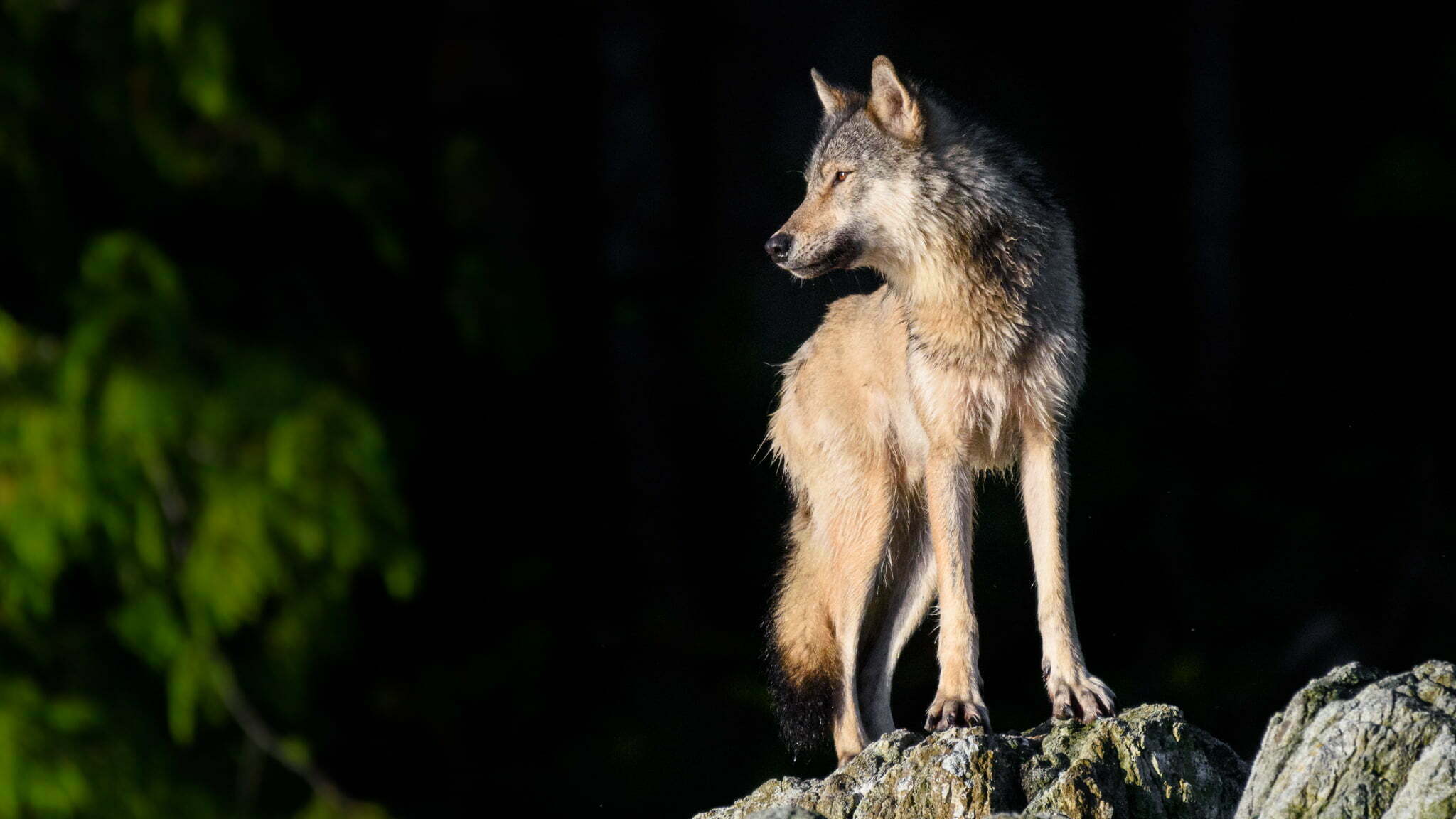
THE WOLF CULL
“In British Columbia, Canada, wolves continue to be killed through a variety of means. These include legal recreational hunting and trapping. Wolves have also been vilified by the government for causing caribou populations to become seriously threatened, and in some cases, to go extinct. Government-ordered wolf culls from helicopters have become an annual occurrence and justified as a means to save caribou populations. By far, the greatest threat to caribou is habitat destruction, as they rely on the old-growth forests that we continue to destroy.
You can help us put an end to the senseless killing of BC’s wolves here: https://www.raincoast.org/wolves/









